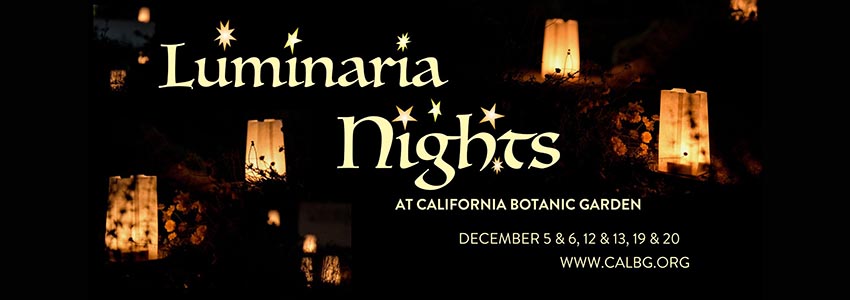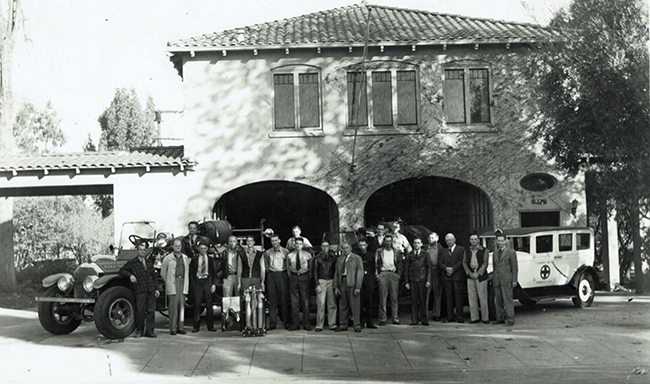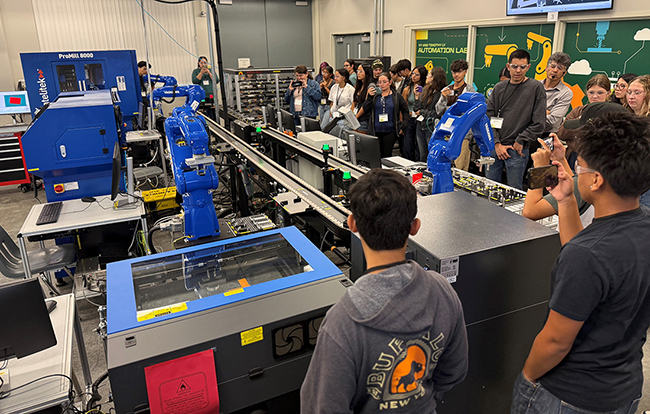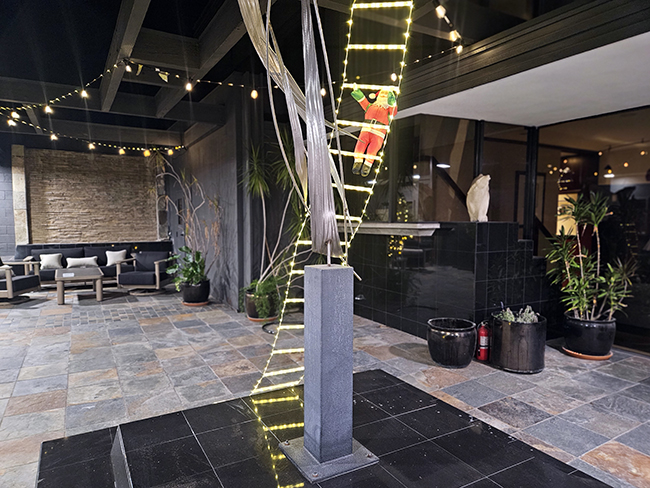Plant signage makes well-traveled trail more informative
The next walk you take along the Thompson Creek Trail may be a little more informative than before.
That’s because the Kiwanis Club of Claremont has banded together to mark certain plants with identifying signs along the trail. The project is the brainchild of Jerry Feingold, who has been committed to the project since bringing it to the Kiwanis board in February.
“We’re trying to make a kind of botanical garden,” Mr. Feingold said.
Looking at the finished product, the group is well on its way. Small signs dot the edges of the trail, dutifully pointing out the plant’s vital information in a way that is reminiscent of the Rancho Santa Ana Botanic Garden. The club even received help from Claremont’s original botanic garden in finding sign making companies, Mr. Feingold said.
In all, the group is planting more than 50 signs identifying plants along the trail.
The signs will be showing the plant’s common name, scientific name and regional origin. Made from anodized aluminum, they are built to last about 25 years, according to Kiwanis member Jim Wylie.
The group worked with Deputy Director of Community Services and resident tree expert Dave Roger to help the club members along the way.
Some of the signs planted in the first run include the Mexican Sage (salvia leucantha), a Firehorn tree (pyracantha fortuneana) and a Red Iron Bark tree from Australia, which could be confused for a Eucalyptus tree by an untrained eye.
The plan was hatched back in February. According to Kiwanis President Sue Keith, Mr. Feingold’s sister-in-law was visiting Claremont from Minnesota. As they walked along the Thompson Creek Trail, she wanted to know just what kind of plants were dotting along the trail.
“He got the idea that we ought to identify this stuff,” Ms. Keith said.
In Mr. Feingold’s words, people along the trail “will get a little more enjoyment during their walk,” thanks to the signs.
On day one of the project, four members of the group—Mr. Feingold, Mr. Wylie, Pat Henny, Barbara Rugeley and John Thompson—toiled under the hot June 2 afternoon sun to plant the signs. They would work from 2 p.m. to 3:30 p.m. that day, and then the plan was to go back to work the next day.
Workers from the city arrived shortly after 2 p.m. to assist the club members with planting the signs.
With phase one—planting signs from Higginbotham Park to the east parking lot on Indian Hill Boulevard—completed, phase two is slated to begin soon, Mr. Roger said. He noted that he would hammer out the details with Mr. Feingold sometime next week. Phase two would involve planting the signs westward toward Mountain Avenue, Mr. Roger said.
Mr. Feingold indicated that the signs would eventually stretch all the way to Pomello Avenue.
“We’re going to be doing more in the future,” Ms. Henny said. “We want to do more, but it takes time.”
Another reason for the signs is to give trail-travelers the opportunity to know the plants they encounter, so that they may go to a nursery and buy them for their own home.
“I’m a gardener, for me when I see something I say, ‘hey maybe I can plant it.’ I go see what it is,” Ms. Keith said.
“[Mr. Feingold] thought it would be a good idea, and I think he’s right,” Ms. Keith later added.
The cost of the project, including creating the signs, was less that $500, Ms. Keith said, all paid for by the club. Mr. Feingold called the project, “a gift to the city.”
Hikers, bicyclists and other passersby took advantage of the beautiful early summer day, some stopping to ask the club members what they were doing, according to Mr. Feingold.
“I had three people ask what we were doing, and when I told them, they were thrilled,” he later added.
Mr. Feingold noted that part of the project’s myriad goals is to also give prominence to the beauty of the trail.
“This is really the same as the botanic garden and it should be treated as such,” he said.
—Matthew Bramlett
news@claremont-courier.com











0 Comments